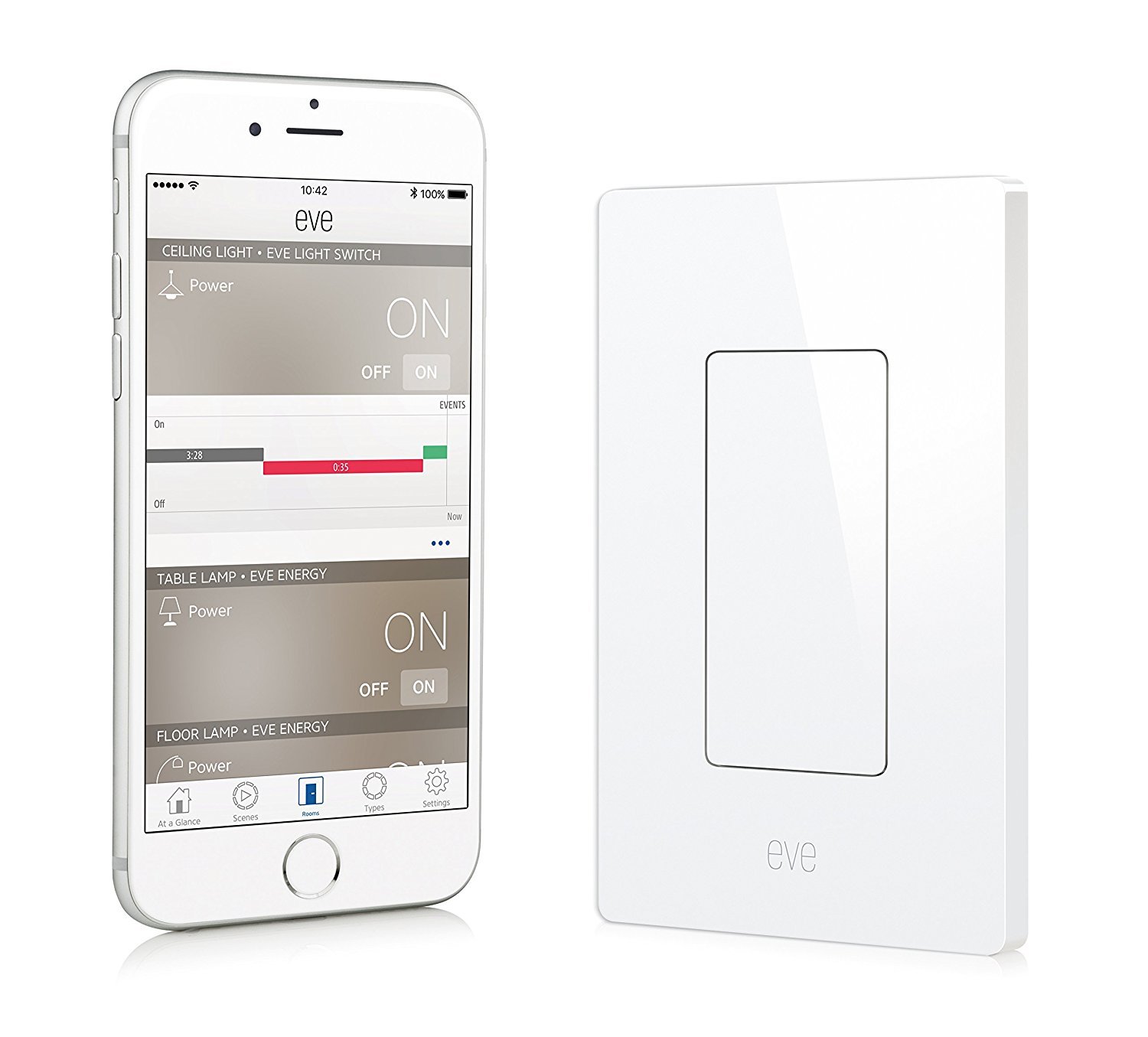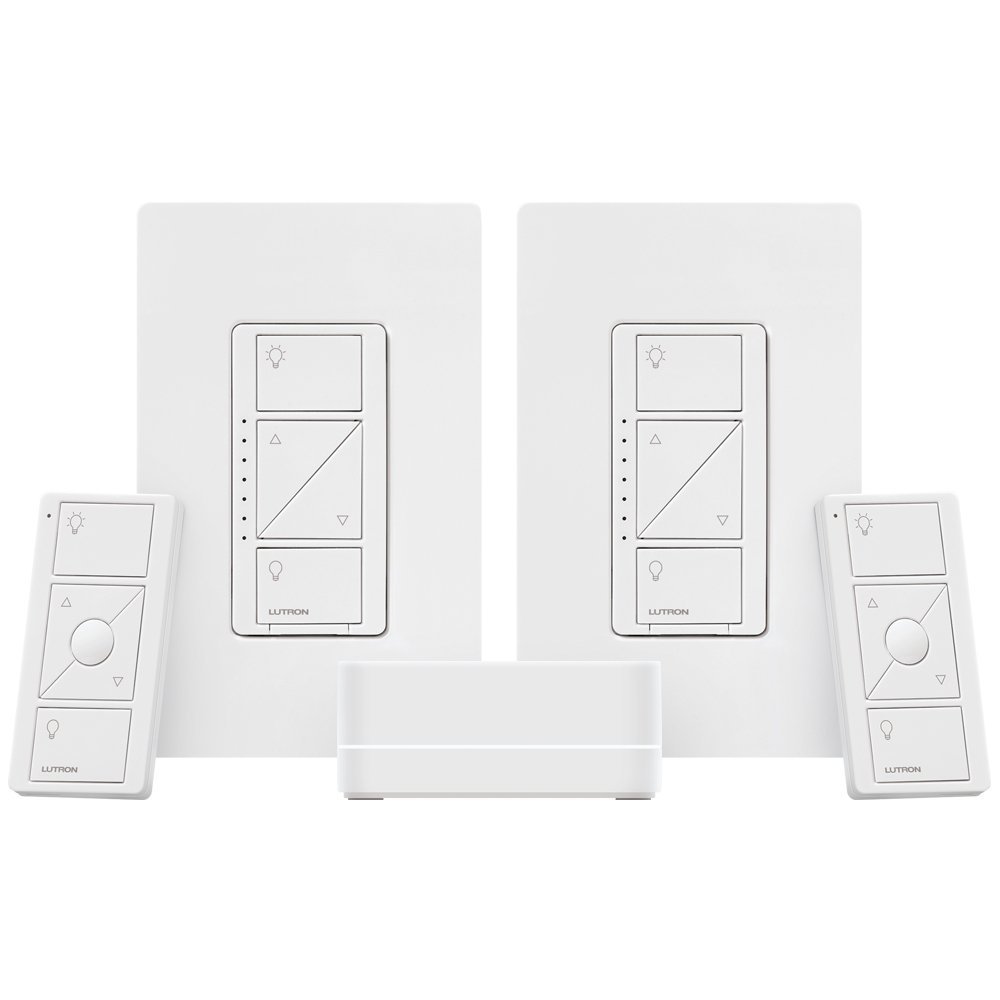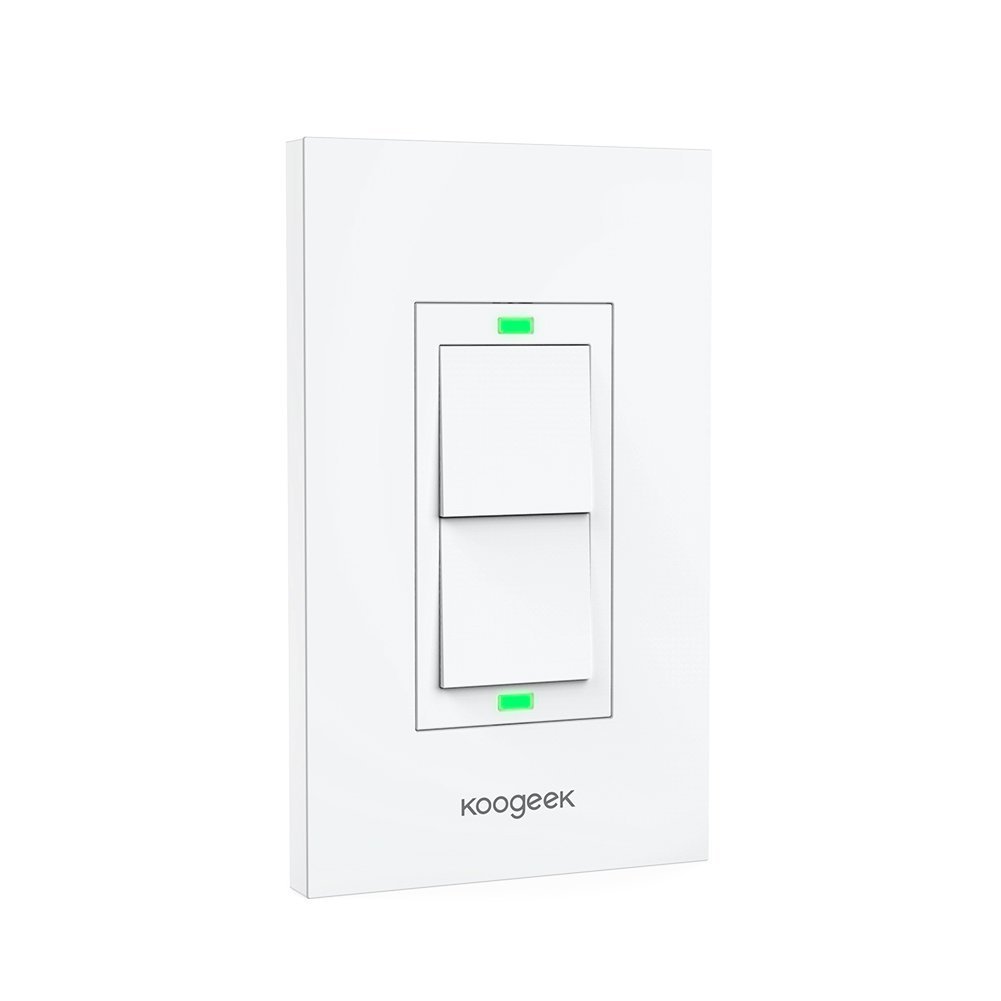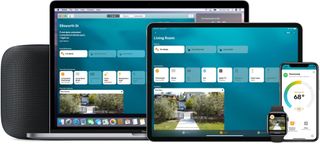Smart Switch vs Smart Bulb: Which Is Best for Your Smart Home

Smart bulbs, like those from Philips Hue, are wireless lightbulbs. Smart switches, like the one from Elgato's Eve line, are wireless in-wall switches that are installed in place of regular light switches.
Both smart bulbs and smart switches provide unique benefits; you may find one or both work great for your smart home setup. In other words, neither smart bulbs nor switches are inherently better — it's all about what works best for you. To help you decide what to choose, let's take a look at some of the reasons you might add smart switches and bulbs to your smart home.
Looking to add a splash of color?

If you want to add some fun splashes of color to your home, smart bulbs are your best bet. Smart switches replace the light switch that's installed in your wall, not the bulbs in your home. They can turn on and off (and possibly dim) the bulb(s) you've got connected to the light fixture, but they're not going to change your bulb's colors.
This HomeKit-enabled smart bulb from Koogeek, however, can produce about 16 million different colors. Using your phone or your voice, you can dim the bulb, turn it on and off, and change its color.
| Category | Features |
|---|---|
| Base type | E26 (Medium screw base) |
| Rated power | 8 watts |
| Bulb equivalent | 60 watts |
| Number of colors | 16 million colors |
| Color temperature | 2700K-6000K |
| Lumens | 500 lumens |
| CRI | > 80 |
| Bulb lifetime | 25,000 hours |
| Beam angle | 199.9° |
| Material | Plastic and Polybutylene terephthalate (PBT) |
| Input | 120V AC, 60Hz 0.2A (Max.) |
| See at Amazon | $36.99 |
If you just want a way to shut off the lights without getting out of bed, switches and bulbs will work for you. If you want to set the mood during a horror movie by bathing your walls in an eerie orange glow, you're gonna need some multi-color smart bulbs!
Do you have multi-bulb fixtures? How about candelabra bulbs?

Each of the living spaces in my home (bedrooms, living room, dining room) is equipped with one of these fan-and-light combo fixtures and each of the four fixtures has four candelabra-style bulbs. Not only were my smart bulb options limited due to the fact that there weren't any viable candelabra-style bulbs available to me at the time, but they were also limited due to the potential cost to replace 16 regular bulbs with smart ones. I knew I didn't want to spend that kind of money just to be able to dim and turn on and off the lights and I also wanted to be able to control my fans. This is where in-wall switches came into play.
How to add your existing lights and fans to your HomeKit-enabled home
Master your iPhone in minutes
iMore offers spot-on advice and guidance from our team of experts, with decades of Apple device experience to lean on. Learn more with iMore!
By installing an in-wall switch (or two!), I was able to add wireless control to my fans and lights without breaking the bank. Two of the four fan fixtures in my home had wiring for both the fan and the light; I was able to install dimmer switches for the lights and on/off switches for the fans in those two places. For the rest of the rooms, I opted for simple on/off switches.
For simple on/off control and a modern design, I recommend the Elgato Eve Light Switch ($44). It's HomeKit-enabled and is controlled over Bluetooth. For dimming control, you can't go wrong with Lutron's Caséta dimmers ($159.90 for the starter kit) (Lutron also makes simple on/off switches). If you've got separate wiring for control of your fan and lights but only have space for one switch, check out this unique HomeKit-enabled smart switch from Koogeek ($47.99) — it's one of my favorite smart products in my home.
 |  |  | |
|---|---|---|---|
| Elgato Eve Light Switch | Lutron Caséta Starter Kit | Koogeek Two-Gang Smart Switch | |
| Price | $44.00 | $159.90 | $47.99 |
| Link | See at Amazon | See at Amazon | See at Amazon |
Do you DIY?
Smart switches require some electrical wiring knowhow because you're replacing your run-of-the-mill light switches with wireless ones. I've found every smart switch I've ever tried to be incredibly simple to install — smart switch manufacturers tend to over-explain and most will provide all the necessary hardware in the box. That said, you're still having to fiddle with electrical wiring and that requires a bit of knowledge and a lot of safety. Although there are consistent regulations for residential wiring, your home wiring setup could vary. Depending on how individual rooms are wired to provide power to the receptacles and lighting, you could end up in a confusing mess of multi-colored wires sprouting from your wall. Put simply, know what you're doing before you take off the faceplate. If you don't know what you're doing, hire someone or call someone who does.
If there's any doubt in your mind about installing smart switches, hire a professional or go the way of the smart bulb. Better safe than shocked.
Do you rent?
Renters should be doubly wary of in-wall switches. Depending on your rental agreement, you may find you've violated your lease by replacing the hardware that came with your residence. Read over your lease, talk to your landlord, and make sure you save the original hardware that came installed when you moved in. When you move out, remember to reinstall the original fixtures (save your boxes)!
If your landlord doesn't give you permission to install switches, it's safer to go the way of the smart bulb. Better safe than evicted!
Thoughts?
If you've read through the list of considerations, I'm curious to hear your thoughts! Do you think you'll go with smart bulbs for your home? Smart switches? Both? Give us a shout in the comments or send me a tweet over on Twitter.
Mikah Sargent is Senior Editor at Mobile Nations. When he's not bothering his chihuahuas, Mikah spends entirely too much time and money on HomeKit products. You can follow him on Twitter at @mikahsargent if you're so inclined.
Most Popular




